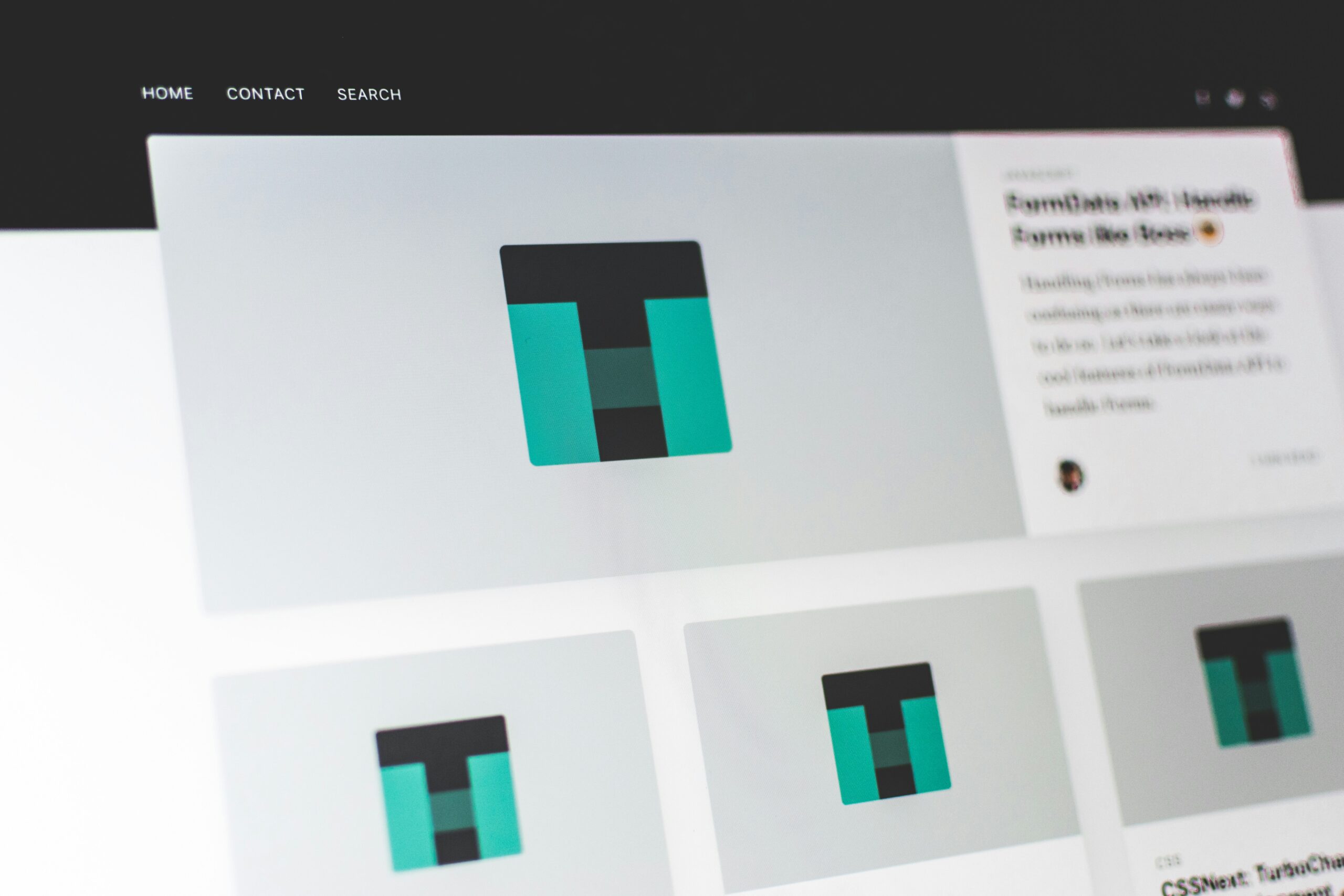Is your website design truly meeting your users’ needs? UX design and traditional web design offer different approaches to creating digital experiences. This article explores the essential differences between these two design methodologies. We’ll examine their core concepts, key principles, and design processes. By understanding these distinctions, you’ll be better equipped to make informed decisions about your website’s design strategy, ultimately leading to improved user satisfaction and business outcomes.
Key Takeaways
- UX design prioritizes user satisfaction while traditional web design focuses on visual aesthetics
- Both disciplines use research and data to inform design decisions and improve user experiences
- UX design employs iterative processes and continuous feedback loops to refine user interactions
- Emerging technologies like AI and VR are shaping future trends in UX and web design
- Designers must adapt to evolving user expectations for seamless, personalized experiences across devices
Understanding the Core Concepts of User Experience Design and Traditional Web Design

User experience design and traditional web design are distinct disciplines in digital projects. UX design focuses on optimizing user interactions with websites and applications, while traditional web design emphasizes visual aesthetics and layout. Both play crucial roles in creating effective digital experiences. Understanding their core concepts, including brand integration, user interface design, and sitemaps, is essential for developing successful websites and applications.
Defining User Experience Design
User experience design encompasses the creation of digital products that prioritize user satisfaction and accessibility across various web browsers. This discipline integrates elements such as intuitive icons, community feedback, and color theory to craft interfaces that are both visually appealing and functional. UX designers focus on optimizing user interactions, ensuring that websites and applications meet user needs while aligning with business objectives.
Defining Traditional Web Design
Traditional web design focuses on creating visually appealing web pages that effectively communicate a brand’s message. Web designers in this field prioritize aesthetics, layout, and navigation, aiming to craft engaging interfaces that guide users through the site. Their work encompasses usability considerations, ensuring that the web page is functional across various devices and browsers. While the salary for web designers varies, their primary goal remains consistent: to create visually striking and user-friendly websites that meet both client and user needs.
Importance of Each Discipline in Digital Projects
Both user experience design and traditional web design play crucial roles in digital projects. UX design focuses on optimizing web applications for user satisfaction, incorporating elements like color theory and search engine optimization. Traditional web design emphasizes visual aesthetics and HTML structure. Together, these disciplines create effective digital experiences that balance functionality and appearance. Successful project management integrates both approaches to deliver user-friendly, visually appealing websites that meet business objectives:
- UX design optimizes user interactions and satisfaction
- Traditional web design creates visually appealing layouts
- Integrating both disciplines enhances overall digital experiences
- Effective management balances functionality and aesthetics
Key Principles That Differentiate UX Design From Traditional Web Design

UX design and traditional web design employ distinct principles in their approaches to digital projects. UX design prioritizes user-centered strategies, focusing on behavior and customer experience. Traditional web design emphasizes visual aesthetics and layout. These disciplines differ in their interaction and engagement methods, with UX design aiming to optimize user satisfaction while traditional web design creates visually appealing interfaces. Understanding these key differences helps companies develop effective digital solutions.
User-Centered Versus Aesthetic-Driven Focus
UX design prioritizes user-centered approaches, focusing on optimizing interactions and gathering feedback to enhance the overall experience. This approach often involves creating flowcharts to map user journeys and conducting user testing to refine designs. In contrast, traditional web design emphasizes aesthetic elements such as typography and image selection to create visually appealing layouts. While both disciplines consider user needs, UX design delves deeper into user behavior and preferences, whereas traditional web design concentrates on creating attractive interfaces that support effective advertising and brand communication.
Interaction and Engagement in UX Design
User experience design prioritizes interactivity and engagement, focusing on creating intuitive interfaces that respond to user needs. Visual designers in UX employ specific methodologies to enhance user interactions, such as implementing responsive design elements and incorporating user feedback into iterative design processes. This approach differs from traditional web design by emphasizing the overall user journey rather than solely focusing on aesthetic appeal, resulting in websites that not only look appealing but also provide seamless, engaging experiences for users across various devices and platforms.
Visual Design and Layout in Traditional Web Design
Traditional web design prioritizes visual aesthetics and layout, focusing on creating appealing interfaces that effectively communicate information to the target market. Designers consider information architecture to structure content logically, ensuring users can easily navigate and find relevant details. The visual design process involves carefully selecting colors, typography, and imagery that align with the brand’s identity and resonate with the intended audience. By crafting visually striking layouts, traditional web designers aim to capture users’ attention and guide their minds through the document, ultimately enhancing the overall web design web experience.
The Role of Research and Analysis in UX Design Compared to Traditional Web Design
Research and analysis play distinct roles in UX design and traditional web design. UX design employs user research to create effective prototypes and menus, while traditional web design relies on analytics and CSS to optimize layouts. Both approaches use data to inform design choices, with UX focusing on user behavior and traditional web design on visual elements. Tools like Webflow assist in implementing research-driven designs efficiently.
Employing User Research in UX Design
UX designers employ user research to gain insights into customer engagement patterns and preferences. This process involves analyzing user behavior, conducting surveys, and utilizing design thinking methodologies to create user-centered solutions. By studying how users interact with graphics and interface elements, UX designers can optimize the engine that drives the overall user experience. This research-driven approach helps create more intuitive and effective designs that meet user needs and expectations.
Analytical Methods in Traditional Web Design
Traditional web designers employ analytical methods to enhance visual elements and user interfaces. They utilize data from website analytics to understand user behavior, focusing on metrics like page views and bounce rates. This approach informs design decisions, allowing designers to create layouts that capture customer attention and foster engagement. While less focused on empathy compared to UX design, traditional web design still requires creativity and attention to detail in software development processes.
Impact of Data on Design Choices
Data significantly influences design choices in both UX and traditional web design. UX designers use data to understand user touchpoints, optimizing the overall experience and functionality. Traditional web designers leverage data to refine the look and feel of websites, including logo placement and visual elements. This data-driven approach enhances understanding of user preferences, leading to more effective designs that balance aesthetics with usability.
Comparing Design Processes of UX and Traditional Web Design

UX design and traditional web design follow distinct workflows, each addressing different aspects of the design process. UX design focuses on user-centered approaches, incorporating complexity and emotion to create engaging experiences. Traditional web design emphasizes graphic design elements and client preferences. Both processes utilize tools like Adobe XD and involve iteration, but UX design places greater emphasis on continuous feedback loops to refine user interactions.
Typical Workflow of UX Design
The typical workflow of UX design begins with extensive research to understand user needs and behaviors. Designers, inspired by principles established by pioneers like Don Norman, analyze user interactions with computer programs and websites. This research informs the creation of wireframes and prototypes, often using tools like Adobe Illustrator. UX designers then conduct usability testing, refining the design based on user feedback to ensure an optimal website design that meets both user needs and business objectives.
Workflow in Traditional Web Design
Traditional web design workflows typically start with client consultations to determine project requirements and goals. Web designers then create mock-ups and wireframes, focusing on visual elements and site architecture. The development phase involves coding in HTML, CSS, and other web languages to bring the design to life. Throughout the process, web designers collaborate with clients to refine the design and ensure it meets their expectations. Web design services often include multiple iterations and revisions before the final product is launched.
Iteration and Feedback Loops in UX
UX design processes incorporate iterative cycles and feedback loops to refine web designs and improve user experiences. Designers regularly collect input from the target audience, analyzing user interactions with page layouts and overall site functionality. This approach allows for continuous development and optimization of the web design, ensuring it meets user needs and expectations. The iterative process often involves multiple rounds of testing and refinement, leading to more effective and user-friendly designs:
User Testing and Feedback in UX Design Versus Traditional Web Design

User testing and feedback play crucial roles in both UX design and traditional web design. UX approaches focus on continuous user interaction and iterative improvements, while traditional web design relies more on client feedback and analytics. Web design agencies employ various methods to gather insights, enhancing user experience and graphical user interfaces. Collaboration and skill in interpreting feedback are essential for both disciplines to create effective digital solutions.
Approaches to User Testing in UX
UX designers employ various approaches to user testing, focusing on understanding the user journey and improving usability. They often utilize technology such as Adobe Photoshop to create prototypes for testing, allowing users to interact with realistic mock-ups. Usability testing sessions involve observing participants as they navigate through the design, providing valuable insights into user behavior and preferences. These tests help identify potential issues in the user experience, guiding designers to optimize interfaces for better search engine performance and overall user satisfaction.
Feedback Mechanisms in Traditional Web Design
Traditional web design incorporates feedback mechanisms that focus on gathering information from clients and analyzing web traffic data. Web developers often use analytics tools to track user behavior, providing insights into how visitors interact with the website. This approach allows designers to refine the user experience based on quantitative data, rather than direct user input. While less focused on individual user feedback compared to UX design, traditional web design still aims to create effective mobile app and desktop experiences through iterative improvements guided by scientific analysis of user interactions.
Importance of Continuous Improvement
Continuous improvement plays a crucial role in both UX design and traditional web design, focusing on enhancing the end user experience through iterative processes. In UX design, this approach involves ongoing interaction design refinements based on user feedback and behavior analysis, aligning with principles of computer science to optimize user interfaces. Traditional web design also benefits from continuous improvement, utilizing web analytics and user data to refine layouts and functionality, ensuring websites meet their intended goals and provide optimal experiences across various devices and platforms.
Future Trends in User Experience Design and Traditional Web Design
Emerging technologies and evolving user expectations shape future trends in UX and traditional web design. UX design integrates artificial intelligence and advanced software like Figma to enhance user interactions. Traditional web design adapts to new standards, particularly in WordPress development. Both fields focus on strategic approaches to meet shifting user needs, balancing innovation with established design principles.
Integration of Emerging Technologies in UX
UX designers integrate emerging technologies to enhance user interfaces and streamline workflows. Artificial intelligence and machine learning algorithms analyze user behavior on the internet, enabling personalized experiences. Virtual and augmented reality technologies create immersive interfaces, transforming how users interact with digital products. These advancements allow designers to craft more intuitive and responsive user experiences, adapting to individual preferences and needs in real-time.
Evolving Standards in Traditional Web Design
Traditional web design standards are evolving to meet the changing user expectations and technological advancements. Responsive web design has become a fundamental requirement, ensuring websites adapt seamlessly to various devices and screen sizes. User interface design now emphasizes intuitive navigation and clean layouts, prioritizing user experience. Organizations are adopting problem-solving approaches to address complex design challenges, utilizing advanced tools to streamline the development process. These evolving standards reflect a shift towards more user-centric and efficient web design practices:
- Responsive design for multi-device compatibility
- Intuitive user interfaces for improved navigation
- Problem-solving approaches to design challenges
- Adoption of advanced development tools
- Focus on user-centric design practices
Anticipating Shifts in User Expectations
Anticipating shifts in user expectations is crucial for both UX and traditional web design, particularly in e-commerce web design. Users increasingly demand seamless experiences across devices, expecting intuitive interfaces and personalized content. Designers must adapt to these changing preferences, incorporating aesthetics that align with current trends while maintaining functionality. The use of tools like Adobe Creative Suite enables designers to create visually appealing buttons and layouts that enhance marketing efforts and user engagement. As user expectations evolve, designers must stay ahead of the curve, continuously refining their approach to meet and exceed these shifting demands.
Conclusion
Understanding the differences between user experience design and traditional web design is crucial for creating effective digital solutions. UX design prioritizes user-centered approaches, focusing on optimizing interactions and satisfaction, while traditional web design emphasizes visual aesthetics and layout. Both disciplines play vital roles in digital projects, with UX design employing extensive user research and iterative processes, and traditional web design utilizing analytical methods to enhance visual elements. As technology and user expectations evolve, professionals in both fields must adapt their strategies, integrating emerging technologies and evolving standards to meet shifting user needs and create compelling digital experiences.
